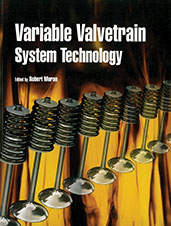Technical Paper
The Effect of a Diesel Oxidation Catalyst and a Catalyzed Particulate Filter on the Emissions from a Heavy Duty Diesel Engine
2006-04-03
2006-01-0875
The objective of this research was to study the effects of a CCRT®, henceforth called Diesel Oxidation Catalyst - Catalyzed Particulate Filter (DOC-CPF) system on particulate and gaseous emissions from a heavy-duty diesel engine (HDDE) operated at Modes 11 and 9 of the old Environmental Protection Agency (EPA) 13-mode test cycle Emissions characterized included: total particulate matter (TPM) and components of carbonaceous solids (SOL), soluble organic fraction (SOF) and sulfates (SO4); vapor phase organics (XOC); gaseous emissions of total hydrocarbons (HC), carbon monoxide (CO), oxides of nitrogen (NOx), nitric oxide (NO) and nitrogen dioxide (NO2), oxygen (O2) and carbon dioxide (CO2); and particle size distributions at normal dilution ratio (NDR) and higher dilution ratio (HDR). Significant reductions were observed for TPM and SOL (>90%), SOF (>80%) and XOC (>70%) across the DOC-CPF at both modes.

